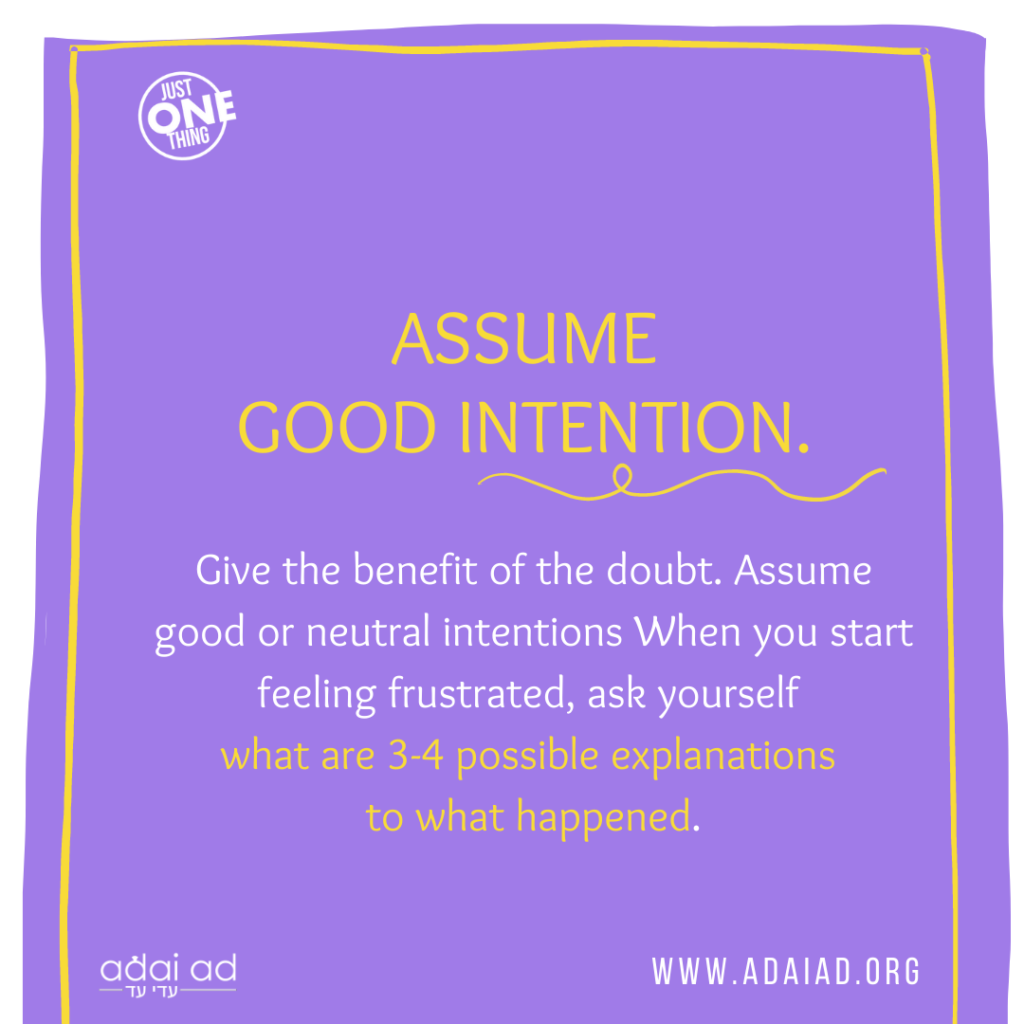So much of how we think about things is our own interpretation or explanation of what happened. We are trying to make sense of what happened.
Our approach to making these attributions in our marriage influences how we feel about that the relationship, and ultimately impacts our words and interactions.
Whatever happened is a fact. Spouse came home at 7:20 instead of 7:00 as they had said they would. (Note: not ‘came home late’ which already has a layer of judgment.) This is where different thoughts may kick in and change the way we feel about what happened.
A: “S/he was late because s/he is a thoughtless person.”
B: “S/he is late because s/he forget to set the alarm.”
C: “S/he is late because that junk car s/he drives broke down – again.”
D: “S/he was late because of traffic.”
“D” (traffic) is the best way of thinking about the situation. It doesn’t blame the other; it attributes the cause of the situation away from the person, and as a temporary thing.
“A” (thoughtless) shows a deterioration of the relationship. It blames the person and also sets it as part of their character thus more permanent.
“B” (alarm) puts the responsibility on the person, but does see it as a one-off thing (temporary).
“C” (junk car) doesn’t blame the person, but does have a sense of permanence and hopelessness.
As possible, give the benefit of the doubt. Assume good or neutral intentions When you start feeling frustrated, ask yourself what are 3-4 possible explanations for what happened. *. Unless there really is a pattern that needs to be addressed.
Give your thoughts a name. So often, unhelpful thoughts (or stories) flit through our minds. Usually, the same ones over and over again. These thoughts can easily pull us into worrying, ruminating or ‘analysis paralysis’. While it may be natural to have these thoughts, they can be debilitating.
Don’t take your thoughts too seriously. Name the story so that when those thoughts come, you can simply tell yourself, “Oh, here it is again, the [“job”, “I am not good enough”, “I am a victim”] story.” And then dismiss your mind with a sarcastic, “Thanks for the thought, dear mind. Thank you — I really do see how you are trying to be of use, but no.”
The idea is to look at your thoughts from afar rather than getting caught up in them or buying into them.
You might imagine that your unhelpful thought is like an internet pop-up ad. Practice closing the pop-up window.


